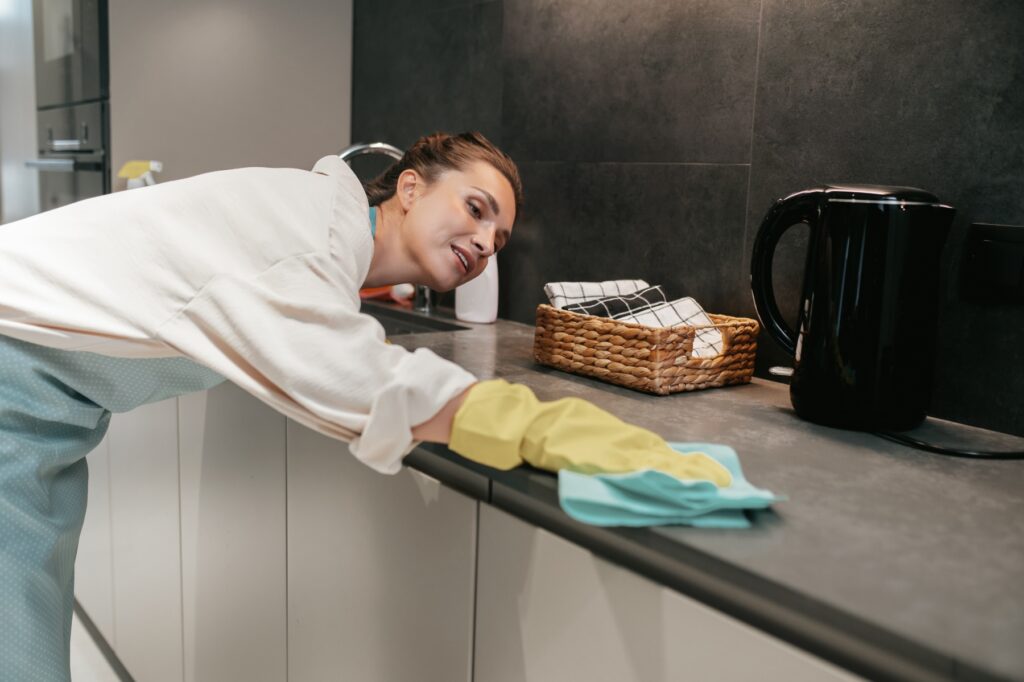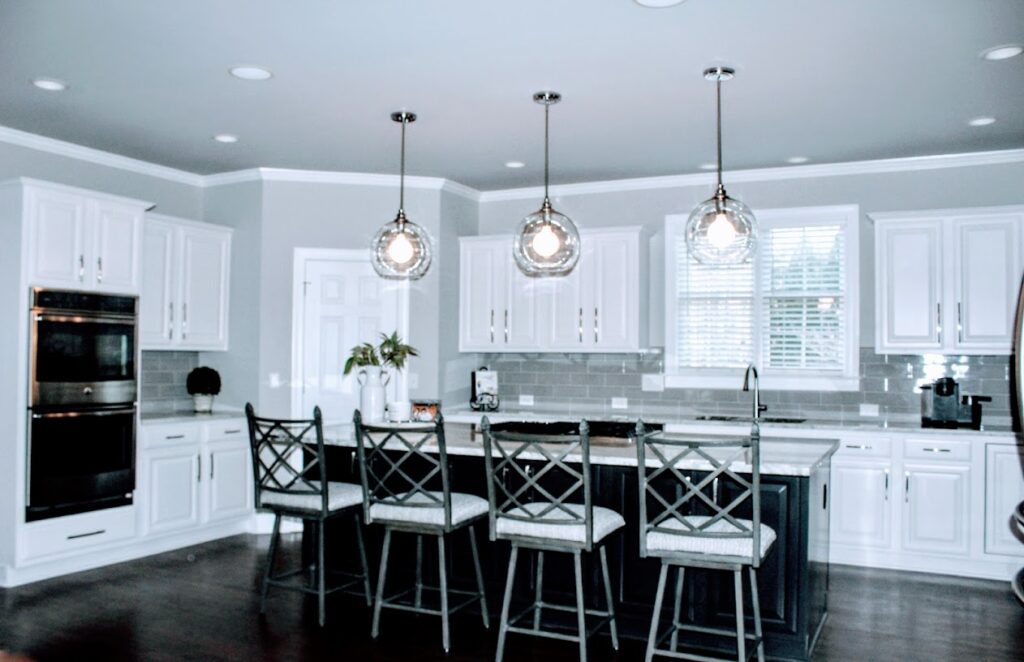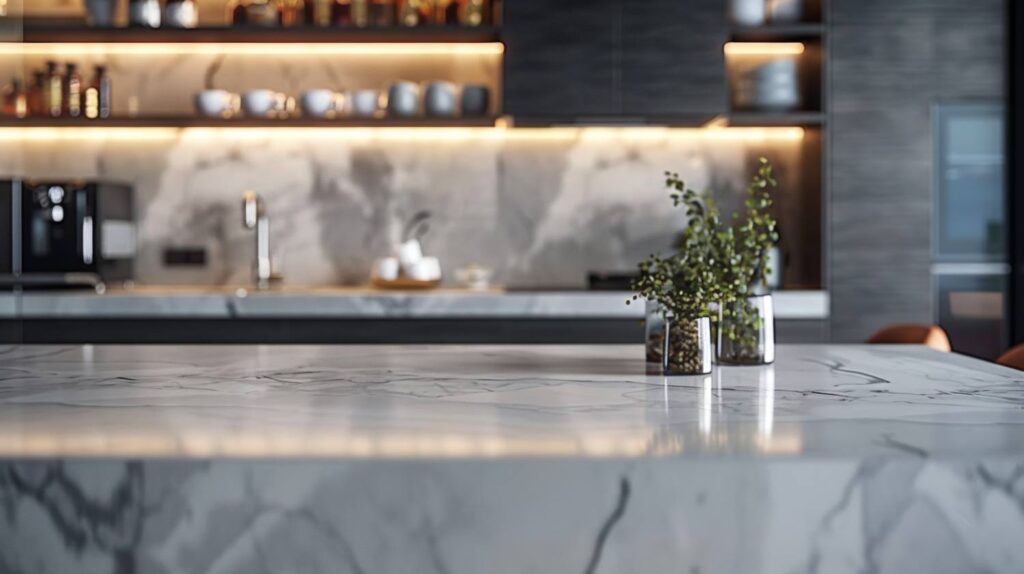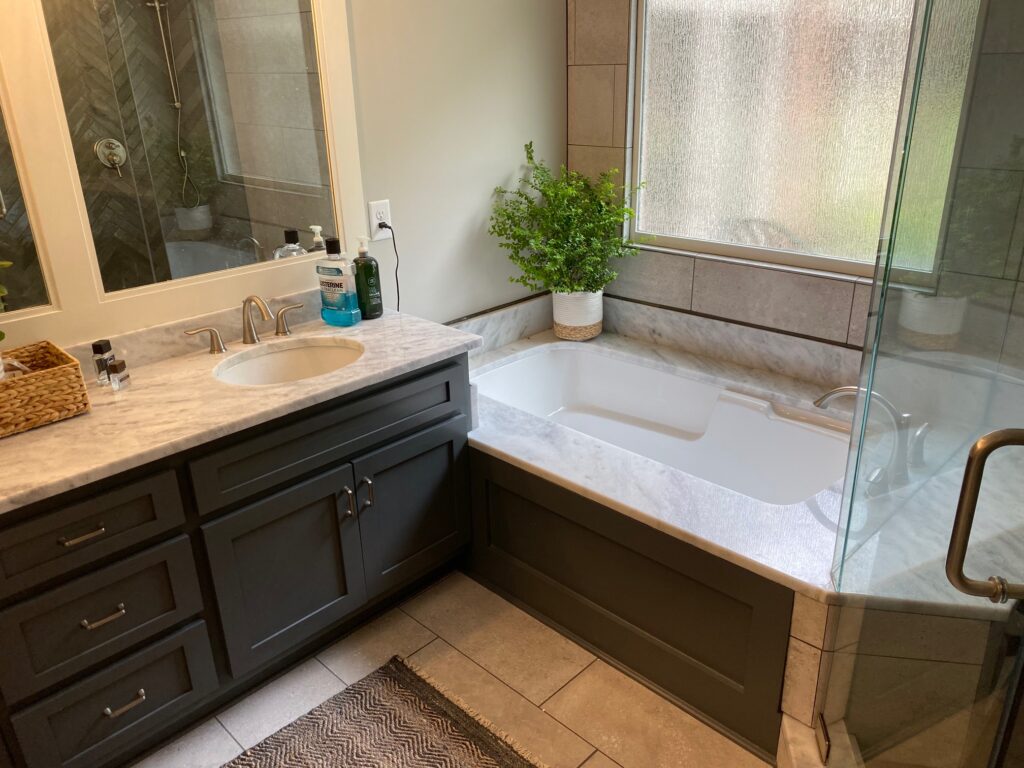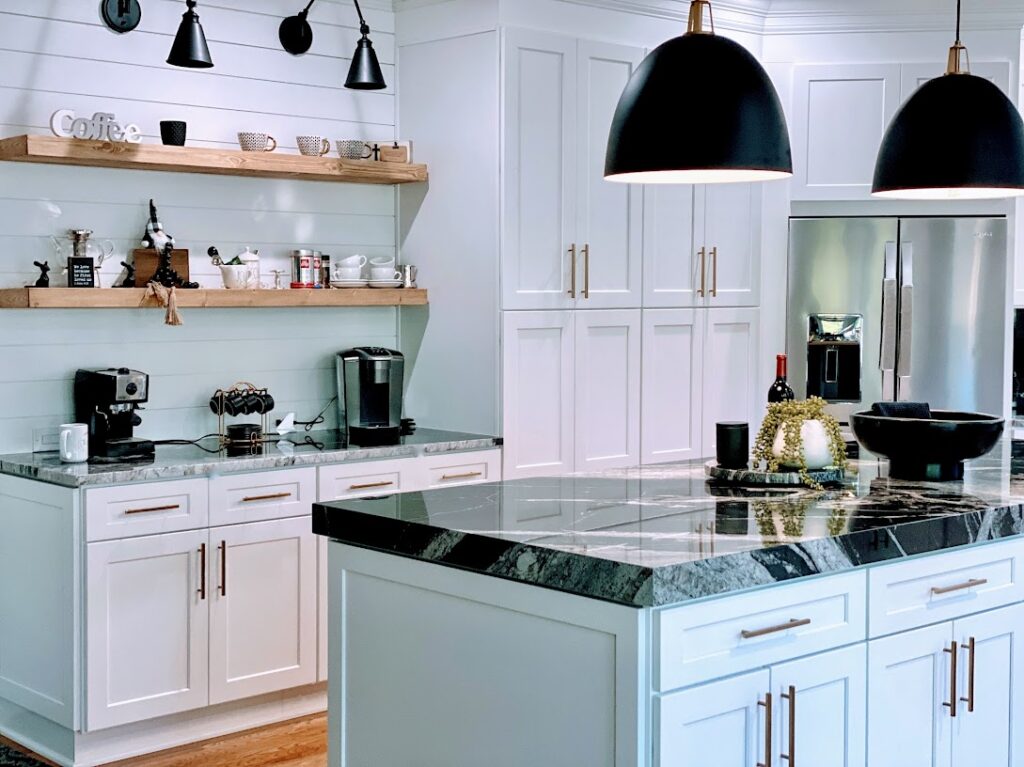Understanding and Addressing Common Granite Countertop Issues

Granite countertops, celebrated for their enduring beauty and strength, are a top pick for kitchens and bathrooms. Yet, they present unique challenges. This article dives into common issues, smart maintenance tips, and expert advice to ensure your granite surfaces stay stunning and resilient.
Common Challenges with Granite Countertops
While granite is celebrated for its strength, it is not without vulnerabilities. Here are some prevalent challenges you may encounter:
- Variability in Appearance: Each slab of granite is unique, leading to differences in color and pattern that may not align with your expectations.
- Natural Imperfections: Some stones may exhibit fissures or pits, which can affect both their appearance and durability.
- Color Fluctuations: The mineral composition can result in unexpected color changes, particularly under varying lighting conditions.
- Risk of Damage: Although granite is tough, it can chip or crack if heavy objects are dropped on it.
- Maintenance Needs: Regular sealing is crucial to protect against stains and wear.
Staining: Causes and Prevention
Causes of Stains
- Porosity of Granite: Despite its dense nature, granite is still a porous material, which means it can absorb liquids. This makes it susceptible to stains, especially from substances like oil, wine, coffee, and acidic liquids.
- Improper Sealing: Granite countertops need to be sealed to protect against staining. If the sealant wears off or is not applied correctly, the stone becomes vulnerable to absorbing liquids.
Solutions for Stains
- Regular Sealing: Ensure that your granite countertops are sealed properly and resealed every 6 to 12 months, depending on usage. A simple water test—dropping a few drops of water on the countertop to see if it beads up—can indicate whether your granite needs resealing.
- Immediate Spill Cleanup: Quickly blot (don’t wipe) spills to prevent them from penetrating the stone. Use a pH-neutral cleaner designed for granite to clean the surface.
Cracks and Chips: Understanding the Risks
Causes of Cracks and Chips
- Heavy Impact: Granite is a hard stone, but it can crack or chip if subjected to a heavy impact, such as dropping a heavy object on the countertop.
- Improper Installation: Cracks can also occur if the granite is not installed properly, particularly if the stone is not supported correctly or if the cabinets below are not level.
- Natural Fissures: Some granite slabs naturally contain fissures—small lines within the stone. While these are typically harmless, they can be more prone to cracking under stress.
Solutions for Cracks and Chips
- Professional Repair: Small chips can often be repaired using epoxy or resin that matches the color of the granite. For larger cracks, it’s best to consult a professional who can assess the damage and perform a more substantial repair if necessary.
- Avoiding Heavy Impact: Be mindful when handling heavy items around your granite countertops, and consider using mats or trivets under particularly heavy or sharp objects.
- Proper Installation: Ensure that your countertops are installed by experienced professionals who can ensure the stone is properly supported and aligned.
Discoloration: Causes and Prevention
Causes of Discoloration
- Exposure to Sunlight: Prolonged exposure to direct sunlight can cause certain types of granite to fade or discolor over time.
- Chemical Reactions: Certain household cleaners, especially those containing acids or bleach, can cause the granite to discolor by reacting with the minerals in the stone.
- Improper Sealing: Like with stains, if granite is not properly sealed, it can absorb liquids that may cause discoloration.
Solutions for Discoloration
- Use Appropriate Cleaners: Always use cleaners that are specifically designed for granite or natural stone. Avoid acidic or abrasive cleaners that can damage the surface.
- Protect from Sunlight: If your countertops are exposed to a lot of sunlight, consider using blinds or curtains during peak sunlight hours. You can also use UV-protective sealants.
- Regular Sealing: Keeping your granite sealed properly will help protect it from substances that can cause discoloration.
Scratches: Prevention and Care
Causes of Scratches
- Hard Objects: Granite is highly scratch-resistant, but it’s not scratch-proof. Sharp or hard objects, like knives or heavy cookware, can scratch the surface if not handled properly.
- Abrasive Cleaners: Using abrasive cleaning pads or harsh chemicals can leave small scratches on the surface of the granite.
Solutions for Scratches
- Use Cutting Boards: Always use a cutting board when preparing food on granite countertops. Avoid cutting directly on the stone.
- Proper Cleaning Tools: Clean your countertops with soft cloths or sponges. Avoid using steel wool, scouring pads, or any other abrasive materials.
- Buffing and Polishing: Minor scratches can sometimes be buffed out using a granite polishing compound and a soft cloth. For deeper scratches, professional restoration services may be needed.
Seams Becoming Visible: Causes and Fixes
Causes of Visible Seams
- Expansion and Contraction: Granite can expand and contract with changes in temperature and humidity. Over time, this movement can cause seams to become more visible.
- Improper Installation: If the seams are not properly aligned or filled during installation, they may become more noticeable as the granite settles.
Solutions for Visible Seams
- Proper Installation: Ensure that your countertops are installed by professionals who are experienced in aligning and sealing seams properly.
- Color-Matched Epoxy: If seams become visible over time, they can often be filled with color-matched epoxy to blend with the rest of the countertop.
- Regular Maintenance: Keeping the seams clean and polished can help them blend better with the rest of the countertop, making them less noticeable.
Preventive Measures for Longevity
To keep your granite countertops looking their best, consider implementing the following preventive measures:
- Proper Sealing: Ensure your countertops are sealed during installation and reapply sealant frequently, based on usage and wear.
- Use Cutting Boards: Always use cutting boards to prevent scratches and maintain the surface’s integrity.
- Avoid Acidic Cleaners: Keep acidic substances like vinegar and citrus away from your countertops to prevent etching.
- Regular Cleaning: Use a pH-balanced cleaner specifically designed for granite to maintain its shine and prevent buildup.
- Protective Accessories: Utilize coasters and mats to shield your countertops from spills and heat damage.
Conclusion
Granite countertops can significantly enhance the beauty of your home, but they require proper care to avoid common pitfalls. By implementing the strategies outlined in this article, you can ensure that your granite surfaces remain stunning and functional for years to come.
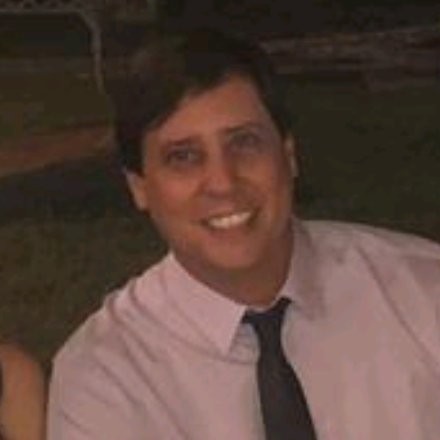
Daniel DePaula is the Operations Manager at Atlanta Stone Creations, with over two decades of experience in the stone and tile industry. His career includes leadership roles at Premier Surfaces and Pino Napoli Tile & Granite, where he honed his skills in sales operations and team management. Daniel is dedicated to delivering exceptional service and operational excellence.



